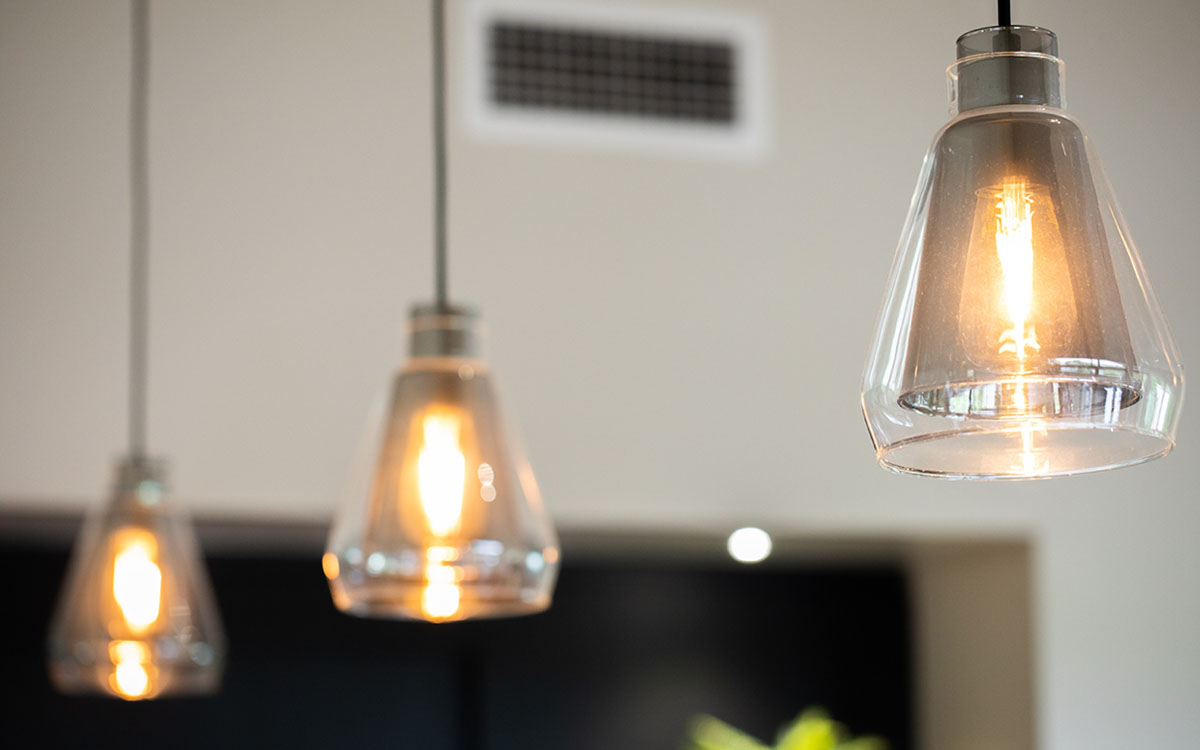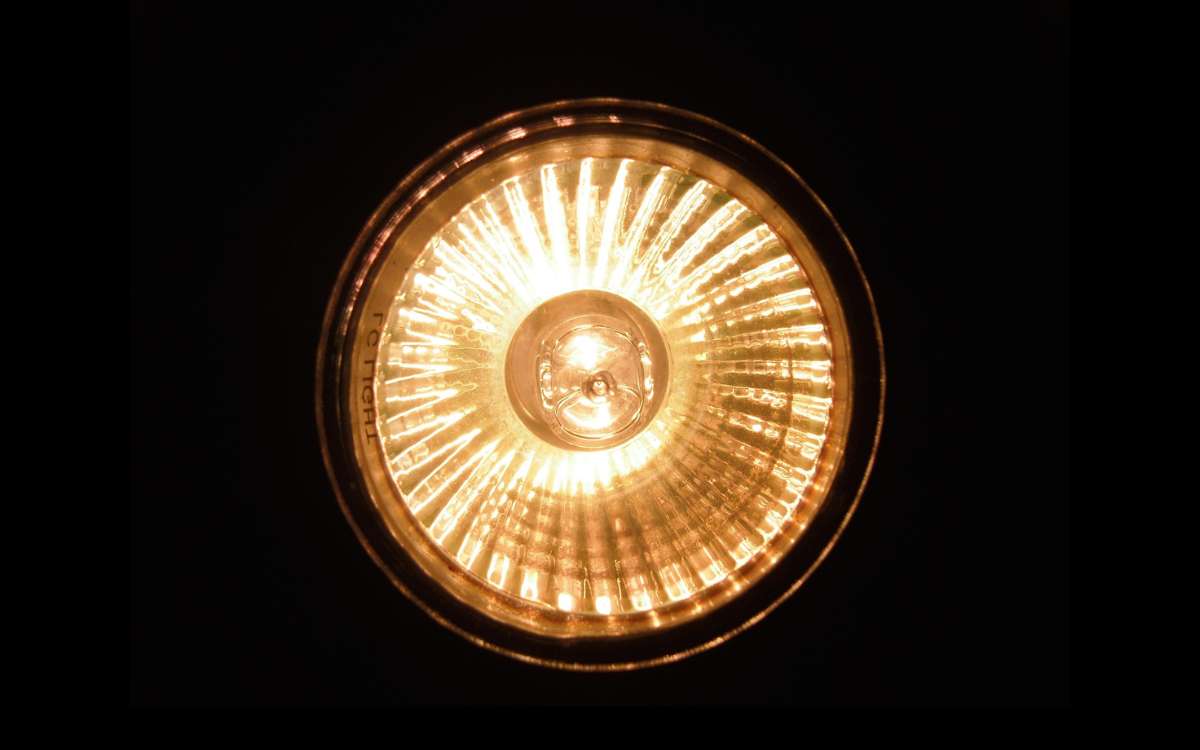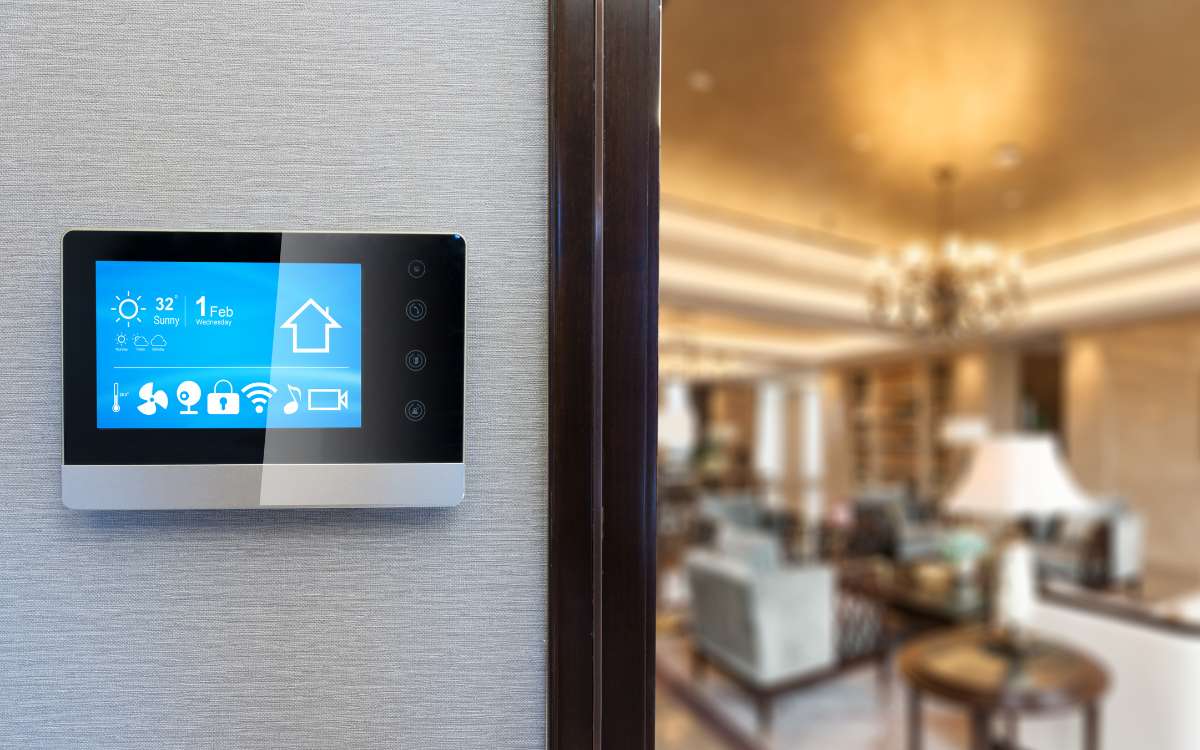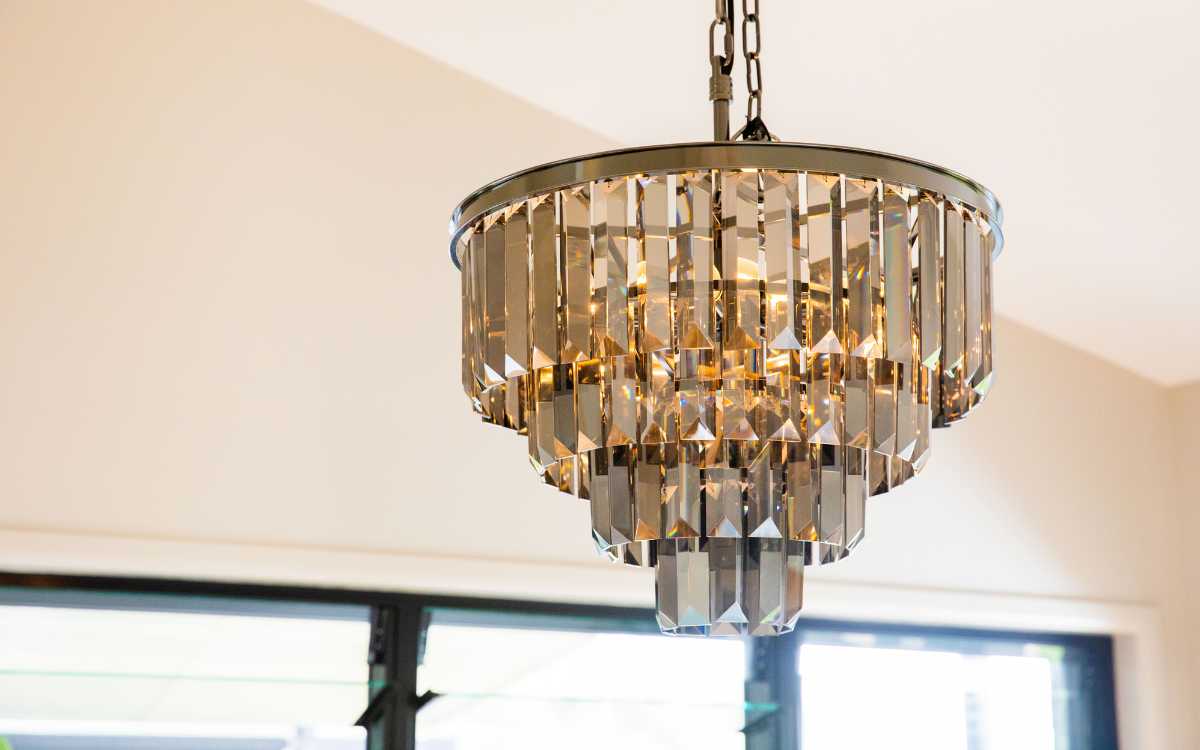Choosing the right lighting for your home goes beyond simply picking bulbs; it’s about creating the perfect ambiance for every room. This comprehensive guide will explore various lighting options to help you make an informed decision that suits your style, needs, and budget.

Traditional Incandescent Bulbs
Pros
- Warm and inviting light
- Affordable upfront cost
- Compatible with most dimmer switches
Cons
- Shorter lifespan compared to newer technologies
- Less energy-efficient
Best For
- Spaces where a cozy atmosphere is desired, such as bedrooms and living room
Incandescent bulbs are the classic choice, providing a warm glow that many find comforting. They are ideal for areas where you want a softer, more relaxed lighting effect. However, they consume more energy and have a shorter lifespan than other options available today.

LED (Light Emitting Diode) Bulbs
Pros
Energy-efficient, saving on electricity bills
Long lifespan
Available in a variety of colour temperatures
Cons
- Higher upfront cost (offset by energy savings over time)
Best For
All-purpose lighting in any room
Areas where you want to highlight specific features

Halogen Bulbs
Pros
Similar colour temperature to incandescent bulbs
Dimmable and versatile
Cons
Less energy-efficient compared to LEDs and CFLs
Higher operating temperatures
Best For
Accent lighting or task lighting in specific areas
Halogen bulbs offer bright, focused light and are a good choice for task or accent lighting. They are dimmable and provide a colour temperature similar to incandescent bulbs, making them a versatile option. However, they are less energy-efficient and operate at higher temperatures.

CFL (Compact Fluorescent Lamp) Bulbs
Pros
Energy-efficient, comparable to LEDs
Longer lifespan than incandescent bulbs
Available in various styles
Cons
- Contains small amounts of mercury; requires proper disposal
- Takes a moment to reach full brightness
Best For
All-purpose lighting in any room
General lighting in larger spaces like kitchens and bathrooms
CFL bulbs are another energy-efficient option that offers a decent lifespan. They are available in many shapes and sizes, suitable for various fixtures. However, the presence of mercury means they must be disposed of carefully, and they don’t reach full brightness immediately.

Smart Lighting Systems
Pros
Customisable and controllable via smartphone or voice commands
Energy-efficient options available
Some models offer colour-changing capabilities
Cons
Higher upfront cost
May require additional components like hubs or bridges
Best For
Tech-savvy individuals who want to personalise their lighting experience
Integration with smart home ecosystems
Smart lighting systems bring the future into your home with customisable and remotely controllable options. These systems allow for mood lighting, scheduling, and even colour changes, all controlled via your smartphone or smart home devices. They are perfect for those who enjoy the latest technology and want to integrate their lighting with other smart home features.

Pendant vs. Chandelier vs. Recessed Lighting
Pros
Pendant lights provide focused illumination
Chandeliers add a touch of elegance
Recessed lighting is sleek and minimises visual clutter
Cons
Installation complexity varies
Size and style considerations
Best For
Pendant lights for kitchen islands or dining areas
Chandeliers for statement lighting in dining rooms or entryways
Recessed lighting for a modern, clean look in any room
In conclusion,
Consider your preferences, the function of each space, and your budget when making lighting decisions. Whether you opt for the warm glow of incandescent bulbs, the efficiency of LEDs, or the smart features of modern systems, the right lighting can transform your home into a well-lit haven. Illuminate wisely and enjoy the ambiance you create! 💡✨








